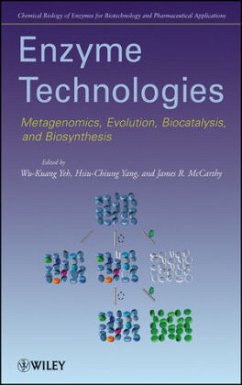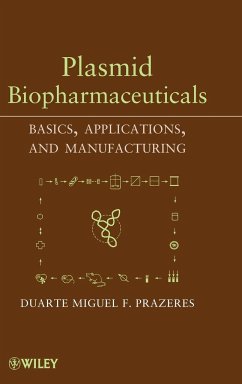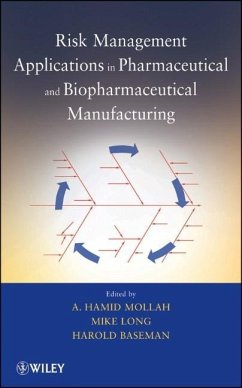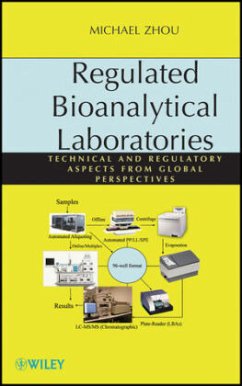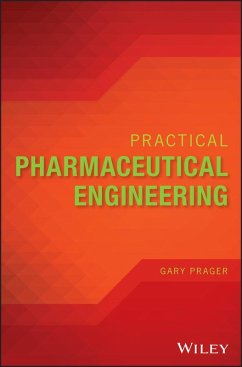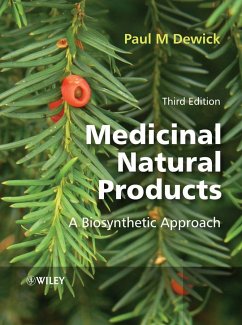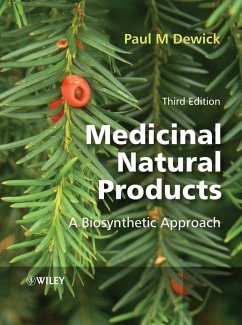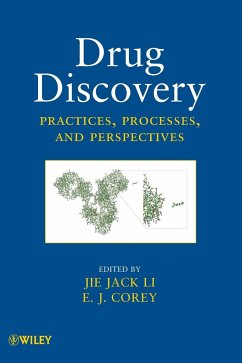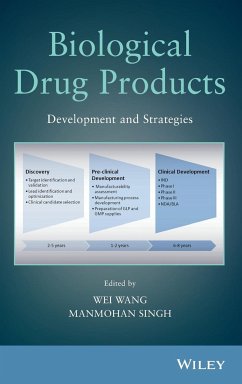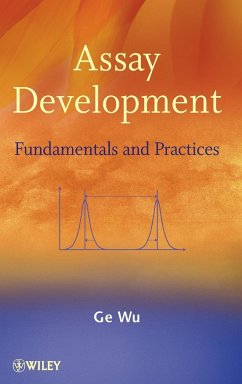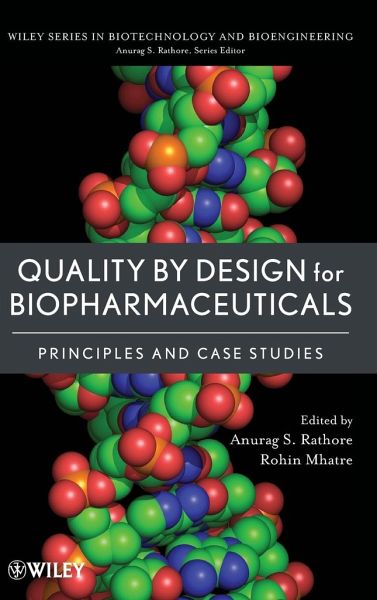
Quality by Design for Biopharmaceuticals
Principles and Case Studies
Herausgegeben von Rathore, Anurag S.; Mhatre, Rohin
Versandkostenfrei!
Versandfertig in über 4 Wochen
149,99 €
inkl. MwSt.
Weitere Ausgaben:

PAYBACK Punkte
75 °P sammeln!
- Provides an in-depth understanding of the underlying concepts of Quality by Design (QbD) and the practical aspects of the implementation of QbD in biopharmaceutical manufacturing.
- Outlines the critical quality attributes for the molecule, development of the design space to meet the quality attributes, filing of the QbD information in regulatory documents, risk management and the application of QbD for routine manufacturing
- Case studies are provided e to further enhance the understanding of QbD and provide the reader with "real-world" examples of its various aspects
- Outlines the critical quality attributes for the molecule, development of the design space to meet the quality attributes, filing of the QbD information in regulatory documents, risk management and the application of QbD for routine manufacturing
- Case studies are provided e to further enhance the understanding of QbD and provide the reader with "real-world" examples of its various aspects
This is the first book that explains the underlying concepts of Quality by Design (QbD) and the practical aspects of implementing QbD in biopharmaceutical manufacturing. A systematic approach leads the reader through a process, outlining the understanding of the critical quality attributes of the molecule, the development of the design space to meet the quality attributes, filing of the QbD information in regulatory documents, risk management, and the application of QbD. Complete with real world case studies, this is a core reference for scientists in the biopharmaceutical industry, regulatory agencies, and students.





